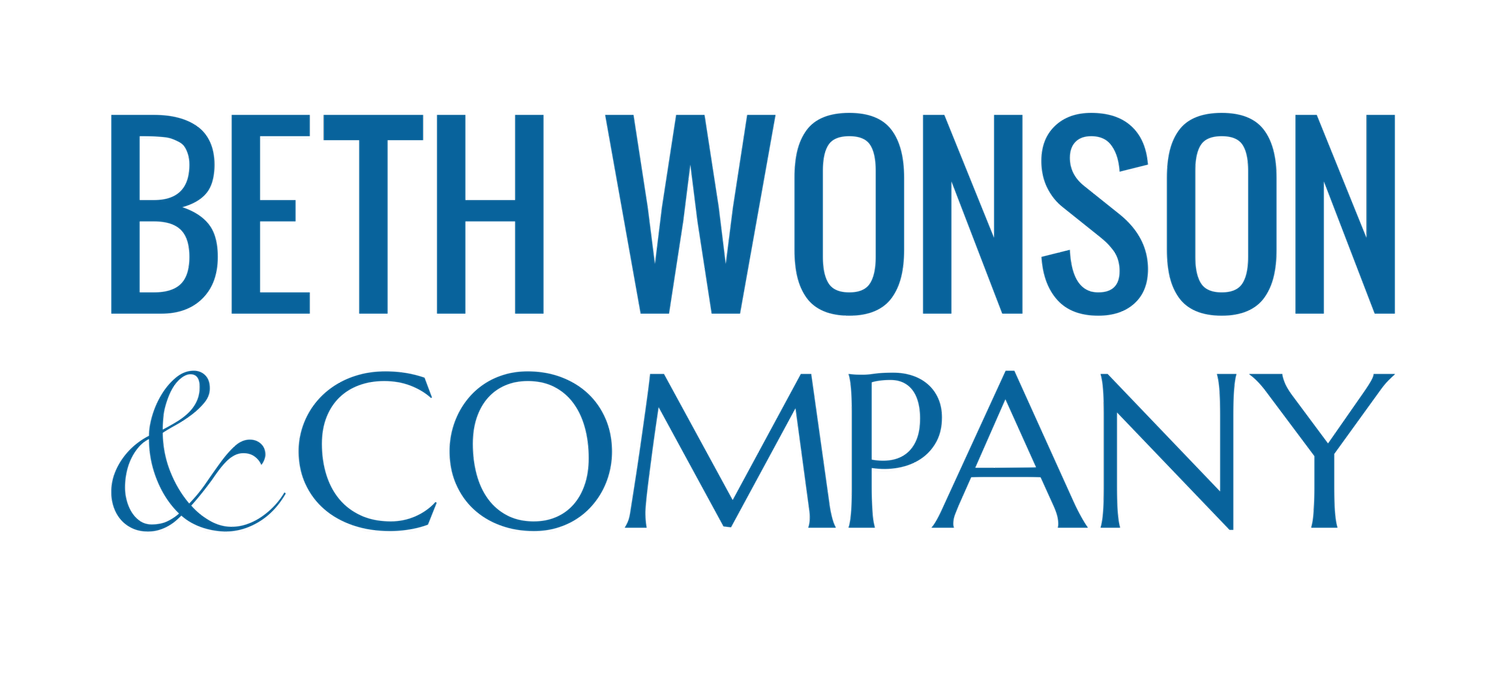Leadership Transitions Can Really Rock the Boat
When a leader resigns, it can shake up the whole organization. Things I've witnessed during leadership transitions include:
Staff who have been steady performers suddenly become less steady.
No matter how transparent communication is, concerned people tend to fill in the gaps with speculation.
Employees who hadn't previously considered leaving begin to wonder, "Should I move on too?"
What Is Critical for Success in a Leadership Transition?
Preparation for a leadership transition doesn't happen when the leader announces their departure. Preparation should be an ongoing part of developing and lifting up those who work under the leader. Once the leader announces their intention to move on, it's really too late to start looking around to see if the team is ready to carry on and sustain the organization during the transition and after.
It is critical that every organization has:
A competent and empowered leadership team
A transparent and relevant strategic plan to guide direction
A clear priority list of focus areas so that the outgoing leader is using their energy, time, and talent wisely during the transition
An intact plan for communication and transparency when a leader decides to move on
The time to start working on leadership transition (succession) is not when the leader gives notice. Every organization should always be working to ensure a strong transition team and plan is ready to go for when—not if—a leader decides to move on.
You Must Be Continually Building the Bench
The job description of any leader should include, as a top priority, building the strengths of their leadership and management teams. But some leaders are resistant because they struggle with:
Trusting their team to step in when they're out for short periods (vacation, etc.)
Their own ego, which asks the question: "If my team can fill in for me effortlessly, then how do I demonstrate my own relevance and importance?"
But it's essential to remember that as the leader (even if you're also a founder), you are simply a steward for the work of the organization—while you're there and when you're gone.
The job of a leader is not to create an organization that is dependent, but to build an organization that can still thrive once it’s time to move on.
If you can lead from that mindset, you will be a highly effective leader. And if you can't or won't, you're doing damage to the organization because upon your resignation, there will be uncertainty, chaos, and drama.
Making the Shift
Here are some questions to ask yourself to assess how you're doing with building a team that's ready for transition:
If I were unexpectedly absent for an extended period, do I have confidence in my leadership team to put out fires and handle day-to-day operations without my input?
Yes or No. If no, why not?Have I given my team challenges to work on without my input so they can practice and get comfortable making tough decisions?
Yes or No. If no, why not?Would my team panic if I resigned, or would they welcome the challenge of taking the reins as a team until the right replacement is found? How do you know the answer to this? What training and development needs to happen to improve confidence?
Do I openly talk about the inevitability of transition, or do I avoid it so as not to upset anyone or start rumors? Leadership transition is inevitable. In the best case scenario, the transition is well planned. But at times, transitions are sudden. It is your job as leader to discuss and plan for transition well before it happens. Avoiding preparing your team for leadership transition or absence is not acceptable.
Does each of my leadership or management team members know exactly what talents, skills, and experience they would bring to help the organization navigate transition? Make sure you communicate what you see as their special contributions and how their skills and talents will be critical to the entire team should there be a leadership gap.
Do I sometimes believe (or say out loud), "This place would never survive without me"? If yes, you need to start figuring out how to change that so that you can say, “My leadership team would be very comfortable and capable to run the organization in my absence.”
Does your leadership team know how to have difficult conversations and healthy conflict? It is your job to make sure the team is very comfortable having hard conversations and making tough decisions, even when you aren’t in the room or available. If they can’t, they won’t be able to step in to lead when needed.
These are the deep questions and the ones that every leader should be asking themselves. From here, make a plan to address the areas where there are gaps or concerns.
Successful succession and transition planning doesn’t start when the announcement is made. It is something that is part and parcel of how confident and successful leaders lead — day in and day out.
If you want to talk more about how to prepare your organization for transition or leadership absence, let’s talk. Book a time here https://bethwonson.com/beth
Have a Question? Let’s Talk Today
You may be facing a challenge or weighing an action and aren’t sure where to start, or what a solution even looks like. Contact Beth today! It’s 100% confidential so you can freely discuss the challenges you’re facing and unlock a path forward. Or Get Started with our resources library and books.
